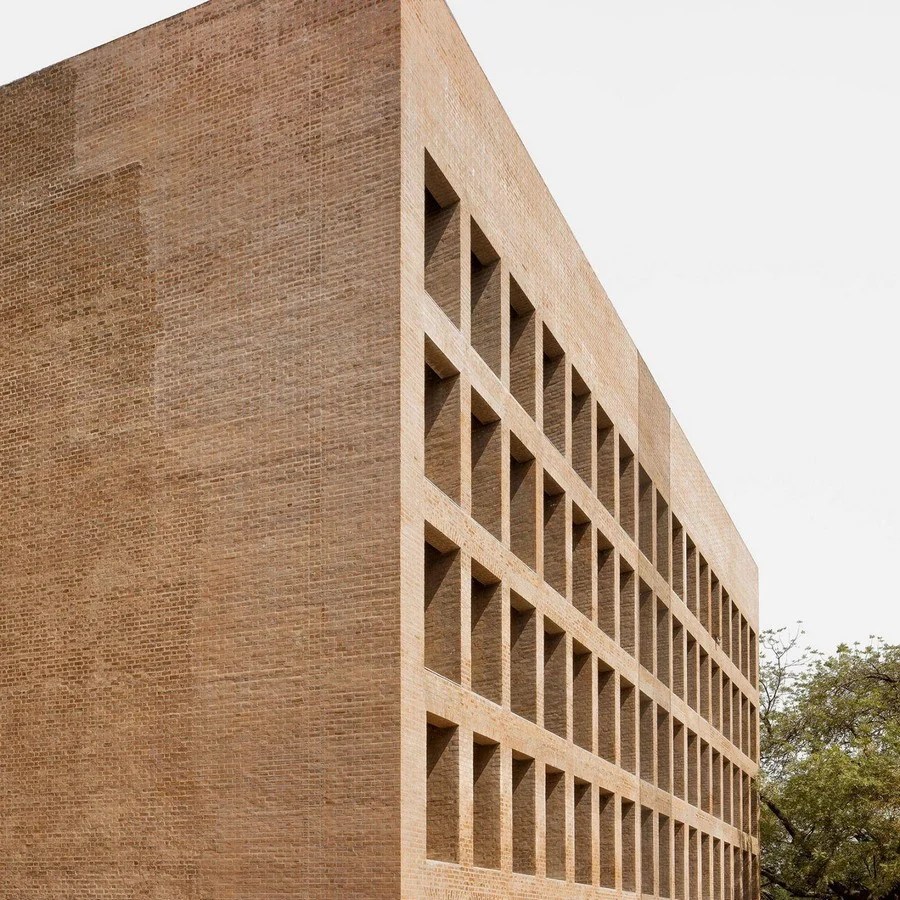How exciting would it be if one’s studio design project were to design housing on Mars or designing an underwater residence? Wouldn’t that make you scratch your head and flex your creative muscle? It strikes as an interesting approach to engage the students of architecture in a design problem that pushes their innovation and creative abilities. One often comes across such proposals as architectural design competitions, which are designed to seek unique and innovative solutions for a challenging brief. In order to build a stronger foundation should these competitions be integrated as a part of architectural education.

History of architectural competitions dates back to ancient Greece in 448 BC which progressed its journey through the 14th-century renaissance period bringing pioneers such as Brunelleschi in the limelight, to France adopting it as an important platform to rejuvenate its public realm. Resulting in culturally significant projects, the USA witnessed competitions as an emerging medium of expression. Traveling across the globe Japan eventually adapted to them for its pivotal projects.
Tracing the journey of architecture competitions, the role of France in making competitions since the 18th -century a part of their teaching in architectural schools is an important milestone. One of which was the annual Grand Prix de Rome competition, conducted by Académie d’architecture and the École des Beaux-Arts. A process that required turning a sketch into a detailed design closely supervised and analyzed by the studio masters known as the charette method, was a challenge to win a scholarship for the studies ahead. The intention of the latter was to create a learning environment and acquire an impeccable understanding of the design.
The tradition continues today with global involvement from the architectural students and fraternity. However, many experts indicate the relevance of architectural competitions in time now more than ever. Discussing the purpose of architectural competitions, Pedro Miguel Hernandez Salvador Guilherme in his paper, ‘Competitions serve a larger purpose in architectural knowledge’ (2014), explains that through the platform of competitions, architecture as a research flourish. As a process that evolves as an analytical and experimental approach, it seeks alternate solutions for hypothetical scenarios with a prime motive of developing human experience and exploring the ends of spatial discourses. He further details that ideas competitions produce alternative solutions to design problems that are explored beyond our ordinary methods. Whilst bettering themselves at the craft of designing space, architects by participating in the competitions widen the bounds of architecture, which is pivotal for work in the field in the time ahead. Creating a studio structure that incorporates the competitions as a part of the curriculum makes a two-way learning process for the tutor and the students. A thoroughly engaging framework of design and research essentially is brought together through competitions.
Acknowledging the valuable contributions of competitions, the book ‘Architectural competitions- Histories and Practice’ concludes that the depth of data that is produced through competitions finds its use in the domains of both academics and practice. It further explains the perceptions for the society and people that competitions portray through architecture are much needed today.




In another scenario, the concept of competition has been applied to articulate subjects of importance. Explaining the need for universal design, a national competition and a hands-on workshop were developed for the students. The competition not only proved a success but effectively created awareness and enthusiasm amongst the students. Prof. Rachna Khare summarized, in a creative and learning environment such as competitions, newer subject such as universal design was well taught and learned. She further added such a process could not have been able to comprehend with the otherwise known ways of teaching. (Universal design education in India; design challenge as design pedagogy, Jan 2019)
Competitions encourage finding alternative solutions for complex design problems, expanding the creative and experimental ends for an individual or organization. At the same time, they are also guiding the journey of the field altogether. From the point where the brief for the competition is framed a problem is defined, to the stage where the possibilities are traversed through solutions, the domain of architecture is growing. It is imperative at this point to acknowledge the contribution participants make in the process.
If competitions are made a part of the curriculum, students would be actively involved and confer in the process. In addition, under due guidance and nurturing, students would understand their position and reflect upon their work as a part of a greater movement in the field of architecture. By providing such opportunities, students would be encouraged to pursue broader perspectives and aim for sustainable vision not only for themselves but for society at large. Such initiatives if implemented at the foundation level of education for future architects would serve a greater purpose ahead, as alongside developing their design and creativity, students would learn how to be more aware and conscious of their work in the field.

































































































































































